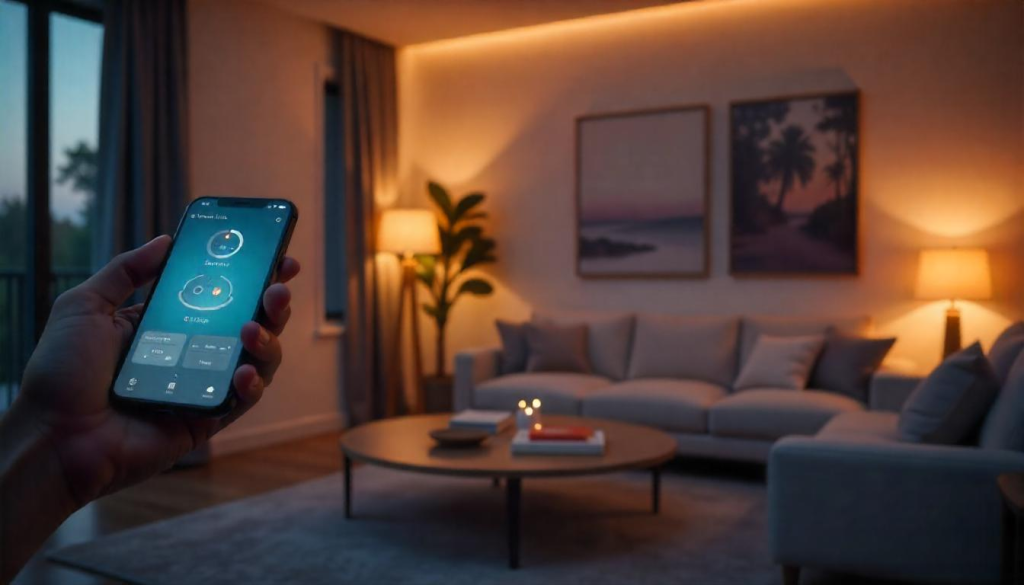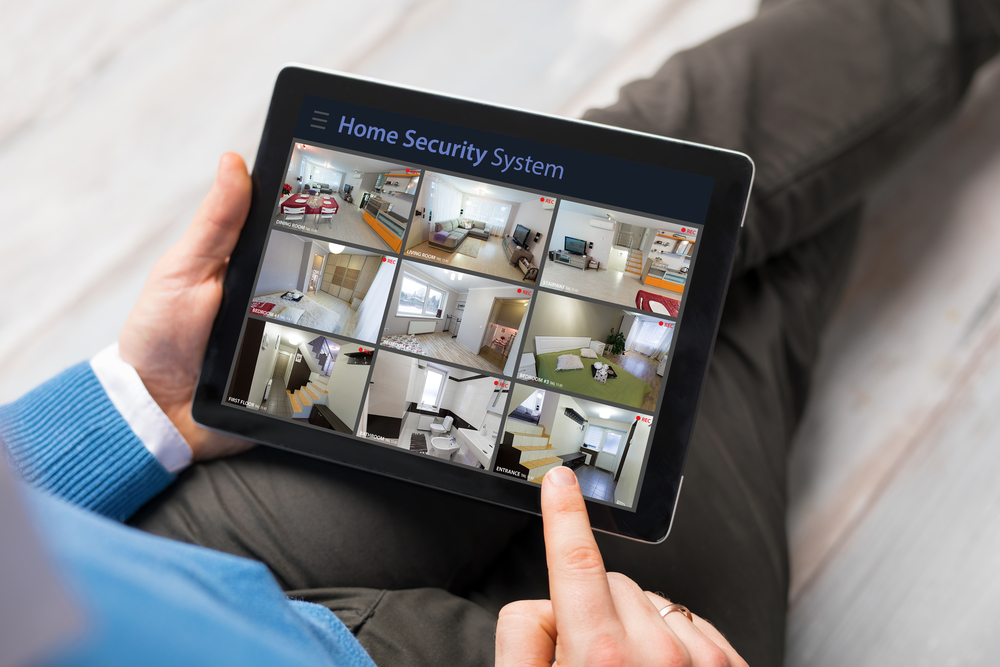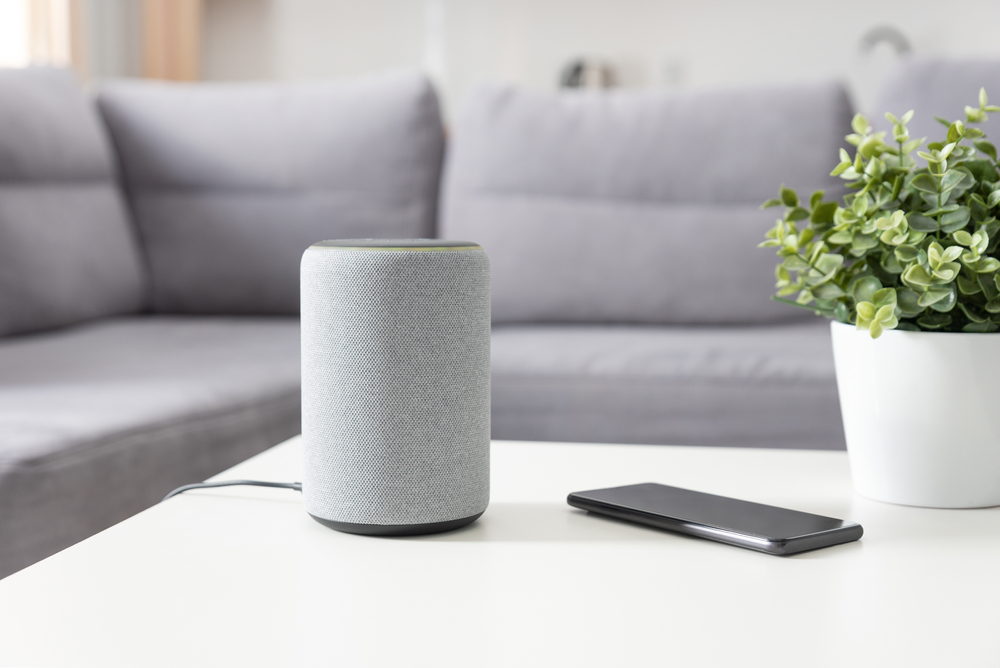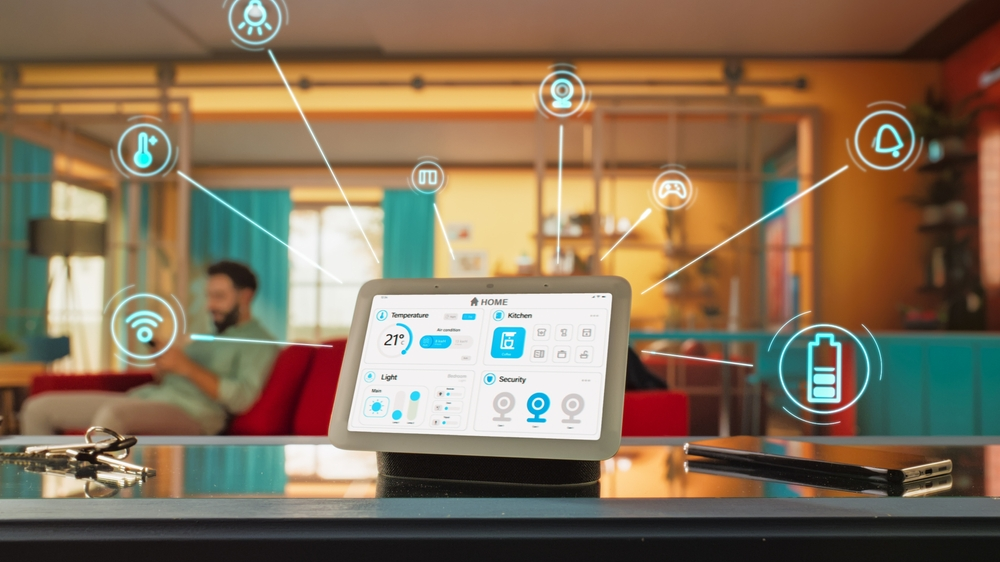Imagine controlling your entire home with just a tap or a voice command—welcome to the world of smart homes. From lights that respond to your mood to doors that lock themselves, smart tech is redefining how we live. It’s not just futuristic anymore—it’s here, now, and transforming everyday living into something smarter, safer, and way more convenient. In this blog, we dive into how smart homes are making life effortlessly intelligent.
A smart home transforms everyday living through automation, convenience, and enhanced security. By integrating smart home devices like thermostats, lighting, locks, and voice assistants, homeowners can control their environment remotely and efficiently.
This seamless connection between technology and daily life not only saves time and energy but also boosts comfort and peace of mind. In this blog, we’ll explore the features, benefits, and latest trends in smart home technology to help you create a home that truly works for you.
How Does Smart Home Technology Work?
Smart home in IoT works by connecting devices and appliances to a central network—often through Wi-Fi, Bluetooth, or a smart hub—allowing them to communicate and be controlled remotely. These smart home gadgets include lights, thermostats, security cameras, and locks, all managed via smartphone apps or voice assistants like Alexa, Google Assistant, or Siri.
At the heart of this system is automation. Users can create routines or set triggers—like lights turning on when you arrive home or the thermostat adjusting when you leave. This interconnected setup enhances convenience, improves energy efficiency, and provides better control over home environments.
» Also Read: How to Make a Soundproof Room?
Home Automation Systems
Home automation systems come in various forms, each offering unique features based on how they connect, operate, and interact with users. Whether you’re building a smart home from scratch or upgrading gradually, understanding these categories—IoT-based, wireless, and voice-controlled systems can help you choose what suits your needs best.
1. IoT-Based Systems
These systems rely on the Internet of Things (IoT) to connect and control smart home devices over the internet. From smart fridges to security cameras, IoT devices can communicate with each other and with you—anytime, anywhere—via apps or cloud-based platforms.
2. Wireless Systems
Using Wi-Fi, Zigbee, Z-Wave, or Bluetooth, wireless systems eliminate complex wiring. They’re ideal for existing homes needing an easy upgrade to smart appliances and gadgets.
3. Voice-Controlled Systems
Powered by AI assistants like Alexa or Google Assistant, these smart home control devices let you operate appliances hands-free. From switching on lights to adjusting music volume, all it takes is your voice.
Common Applications of Home Automation
Home automation isn’t just a tech trend. It is a practical way to streamline daily living. Here are some of the most popular and impactful uses of smart house technology:
1. Smart Lighting Control: Automated lighting lets you adjust brightness, color, and schedules from your phone or with voice commands. Whether it’s dimming lights for movie night or setting them to turn on at sunset, smart lighting enhances convenience, ambiance, and energy efficiency.

2. Climate and Energy Management: Smart appliances like thermostats learn your routines and adjust heating or cooling to keep your home comfortable while saving energy. You can control the temperature remotely or set it to change automatically when you leave or return home.

3. Home Security and Surveillance: Smart locks, doorbell cameras, motion sensors, and connected alarms allow real-time monitoring and alerts. You can lock or unlock doors remotely, view live camera feeds, and receive instant notifications of unusual activity, boosting safety and peace of mind. For homeowners who want to combine digital convenience with practical expertise, exploring local locksmith solutions near you can ensure your smart lock system is professionally installed and backed by reliable support.

4. Entertainment Integration: Automate your entertainment systems to play music, stream shows, or switch between devices with a single command. Smart speakers and TVs can be linked for immersive experiences that are both seamless and hands-free.

5. Routine and Scene Creation: Home automation allows you to create “scenes” or routines, like a morning mode that opens curtains, starts the coffee machine, and turns on the news. It’s about syncing your home with your lifestyle for maximum comfort and productivity.

These show how automation can transform your home into a responsive, intelligent space that accommodates your habits and preferences.
Advantages and Disadvantages of Home Automation
Home automation offers a smarter, more efficient way to manage daily life, from controlling lights and appliances to enhancing security. While it brings convenience, energy savings, and customization, it’s not without challenges. Let’s explore the key advantages and disadvantages to help you decide if home automation is right for you.
Advantages
1. Convenience and Comfort: Control lights, appliances, and security systems remotely or with voice commands, saving time and effort in daily tasks.
2. Energy Efficiency: Smart thermostats, lighting, and appliances can optimize usage, reducing energy bills and your environmental footprint.
3. Enhanced Security: Automation systems offer real-time alerts, remote surveillance, and smart locks, making homes more secure and easier to monitor.
4. Customization and Control: You can tailor routines and settings to your lifestyle, like waking up to music or having lights turn off when you leave a room.
Disadvantages
1. High Initial Costs: Setting up a fully automated home can be expensive, especially with premium devices and professional installation.
2. Complexity and Compatibility Issues: Not all smart home gadgets integrate seamlessly, often requiring extra hubs or apps.
3. Privacy and Security Concerns: Connected devices collect data, which can be vulnerable to cyber threats if not properly secured.
4. Dependence on the Internet and Power: Most smart systems rely on stable internet and electricity. Without them, functionality is limited or lost altogether.
Home Automation Costs
Home automation in India is becoming increasingly popular. It offers homeowners the ability to control lighting, appliances, security systems, and more through smartphones or voice commands. With the rise of affordable smart devices and widespread internet access, even budget-conscious users can now enjoy the benefits of a connected home. Basic setups, including smart plugs, lights, and speakers, start as low as ₹5,000, making it easy for anyone to get started. These systems add convenience and contribute to energy savings and better security.
As the demand grows, more advanced and customizable systems are available, ranging from ₹50,000 to over ₹6 lakhs, depending on the size of the home and level of automation desired. Whether opting for a DIY solution or a professionally installed system, users can tailor their smart home experience to suit their needs. From automating daily routines to improving comfort and efficiency, home automation is transforming modern living.
To sum up, home automation is no longer a futuristic concept—it’s a practical solution enhancing comfort, security, and energy efficiency in everyday life. Whether you start small or invest in a fully integrated system, smart house technology offers flexibility to match every lifestyle and budget. As innovations continue and prices become more competitive, the smart home revolution in India is set to grow even further, making connected living accessible and rewarding for all.










